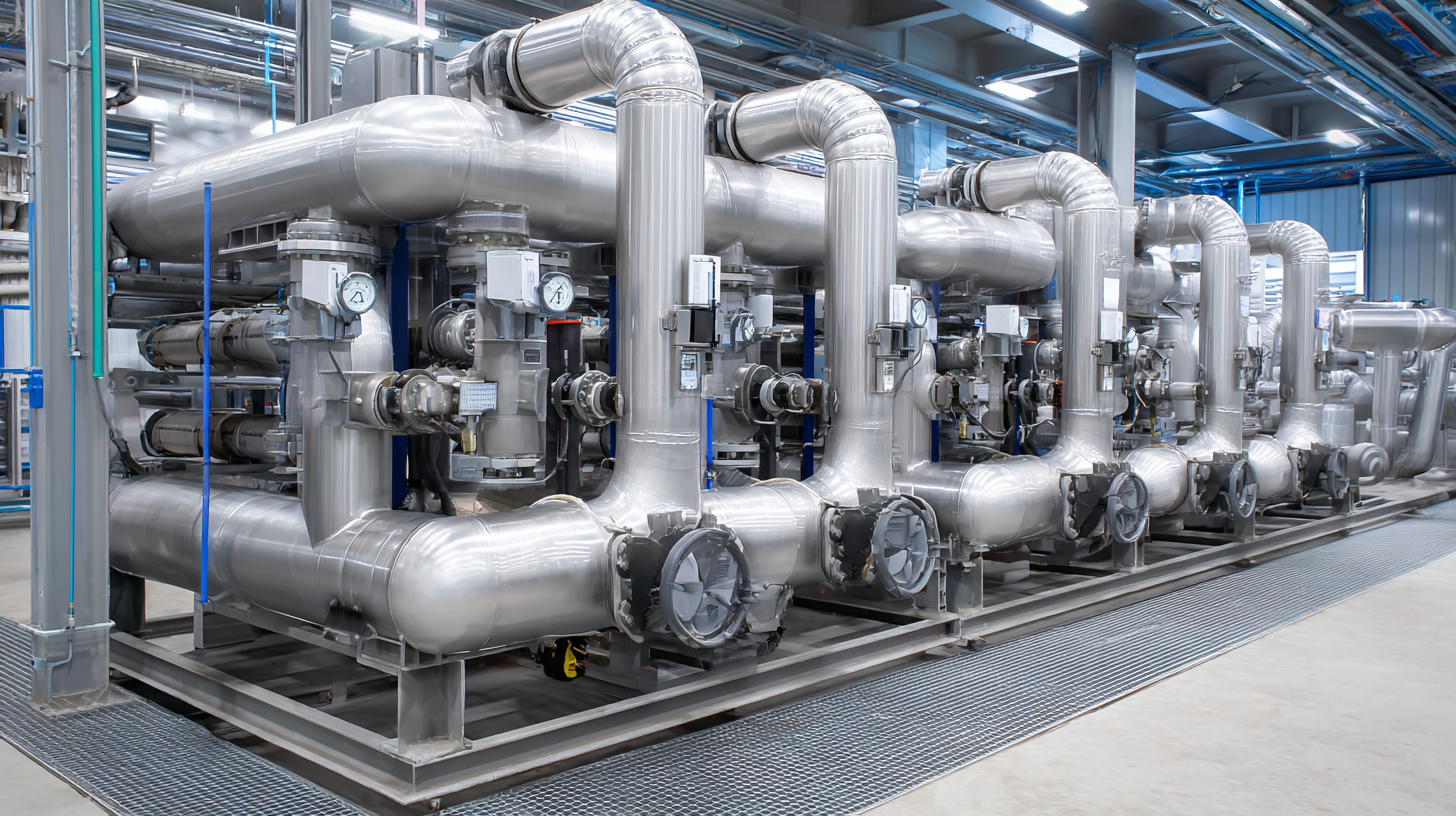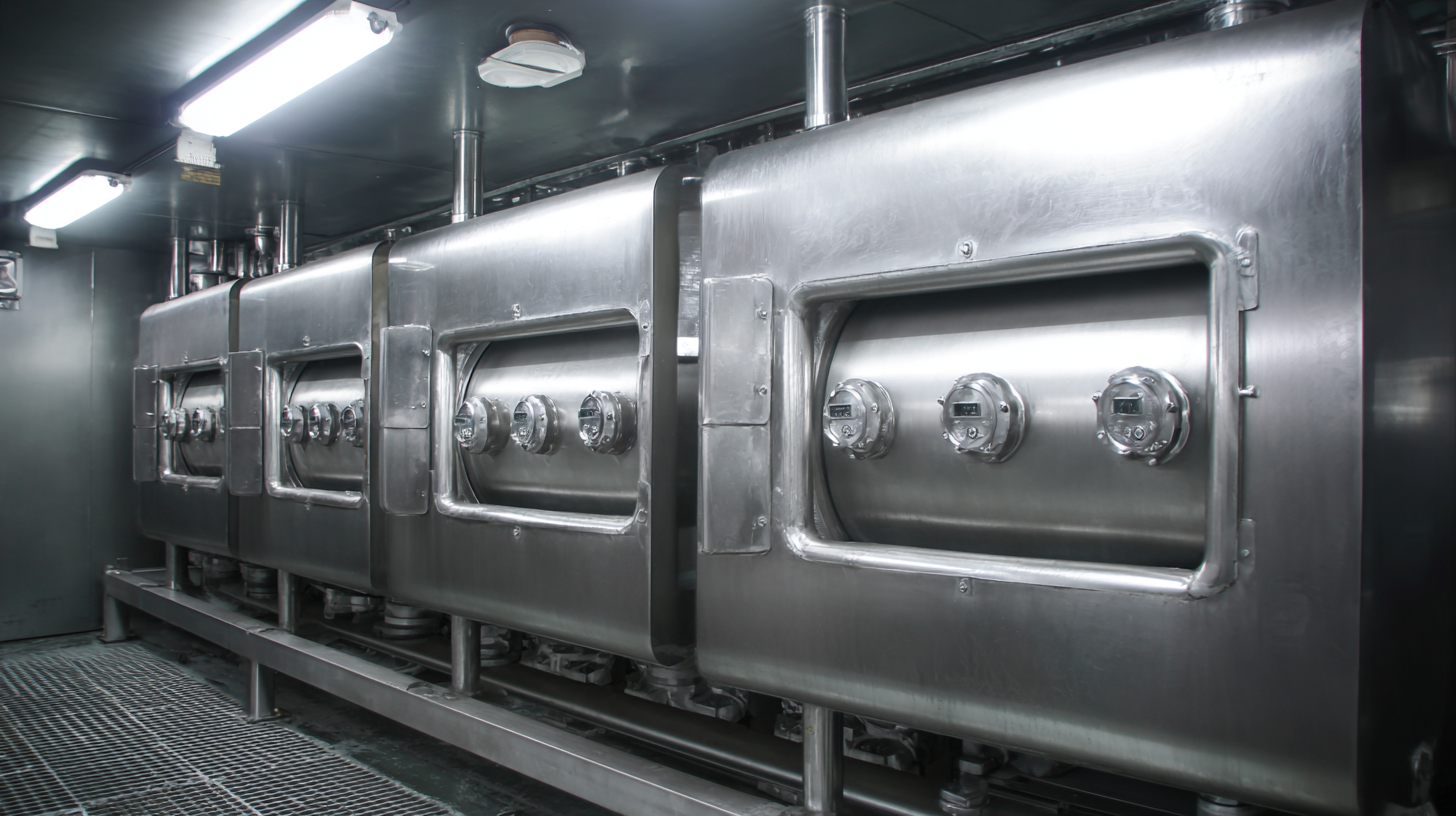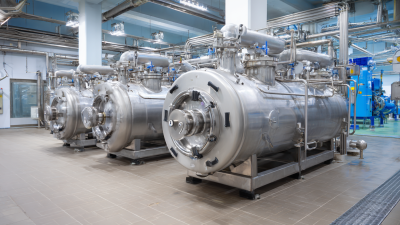Leave Your Message
In the food processing industry, optimizing energy consumption is crucial not only for operational efficiency but also for sustainability. Food Heat Exchangers are key components in various thermal processes, and their efficiency directly affects overall energy usage. According to a report by the International Energy Agency, thermal energy accounts for about 30% of total energy consumption in food manufacturing, highlighting the significant opportunity for savings. Implementing advanced technologies and best practices can lead to reductions in energy costs by up to 30%. This blog will explore seven essential tips for maximizing the efficiency of Food Heat Exchangers, offering actionable insights that can lead to substantial energy savings and improved operational performance in the food production sector.

Food heat exchangers are crucial in the food processing industry, serving to transfer heat efficiently between two or more fluids without mixing them. These devices are primarily categorized into several types: plate heat exchangers, shell and tube heat exchangers, and air-cooled exchangers. Each type has its unique advantages and applications depending on the specific requirements of the food being processed, such as temperature control, flow rates, and sanitation.

Plate heat exchangers, for instance, are compact and highly efficient, commonly used for pasteurizing milk and other liquid foods. They allow for rapid heat transfer and easy cleaning, making them ideal for processes that prioritize hygiene. On the other hand, shell and tube heat exchangers are often employed in large-scale operations due to their robust design suited for high-pressure applications, such as in the production of sauces or soups. Air-cooled exchangers play a significant role in dehydrating food products by using air as a cooling medium.
Understanding these types and their respective applications can significantly optimize operational efficiency, ultimately leading to substantial energy savings while maintaining food quality.
Food heat exchangers play a crucial role in maintaining the quality and safety of food products while optimizing energy consumption. Several key factors impact their efficiency, including temperature differentials, flow rates, and surface area. According to the U.S. Department of Energy (DOE), poorly designed or maintained heat exchangers can result in energy losses of up to 30%. Understanding these factors is essential for improving operational efficiency and reducing costs.
To maximize efficiency, operators should consider implementing regular maintenance checks and cleaning protocols. This practice not only enhances thermal conductivity but also prolongs the lifespan of the equipment. Additionally, optimizing the flow rates can significantly improve heat transfer efficiency. The American Society of Mechanical Engineers (ASME) recommends adjusting flow conditions to match the specific application, which can lead to substantial energy savings.
Lastly, investing in modern heat exchanger technologies can yield impressive results. Incorporating advanced materials and design improvements reduces fouling and enhances performance. A study by the International Energy Agency (IEA) indicates that upgrading heat exchangers can achieve energy savings of up to 30%, making it a worthwhile investment for any food processing facility focused on sustainability.
Innovative technologies are fundamentally transforming the efficiency of heat exchangers in the food industry, promising significant energy savings and improved performance. According to a recent report by the International Energy Agency (IEA), optimizing heat transfer processes can lead to energy reductions of up to 30%, which is crucial given the soaring energy costs and the industry's commitment to sustainability. Modern heat exchangers now utilize advanced materials and enhanced designs, such as plate heat exchangers and spiral configurations, that significantly boost heat transfer rates while minimizing fouling—an issue that can drastically reduce efficiency.

In addition, the integration of digital technologies such as IoT sensors and AI-driven analytics is revolutionizing operational efficiency. These systems allow for real-time monitoring and predictive maintenance, thus reducing downtime and prolonging the lifespan of heat exchangers. According to the Food and Beverage Industry Technology Analysis by Research and Markets, implementing smart technologies can enhance heat transfer performance by 25%, providing critical insights for optimization. As the food industry turns towards these innovative solutions, achieving energy-efficient operations while maintaining product quality and safety becomes increasingly attainable.
Proper maintenance of food heat exchangers is critical not only for their longevity but also for achieving optimal energy savings. According to the U.S. Department of Energy, poorly maintained heat exchangers can lose up to 20% of their efficiency over time. Routine inspections to identify fouling, corrosion, and scale buildup are essential. Industry experts recommend implementing a cleaning schedule that aligns with the specific operational conditions of the heat exchangers. For instance, if systems frequently process high-fat food products, they may require more frequent cleaning to maintain efficiency.
Moreover, utilizing advanced monitoring technologies can significantly enhance maintenance practices. The application of real-time data analytics allows operators to track performance metrics and spot inefficiencies before they escalate. Reports from the International Energy Agency highlight that facilities employing predictive maintenance can achieve energy savings upwards of 30%. This proactive approach minimizes unplanned downtime and ensures that heat exchangers operate at peak performance, thus translating to substantial energy savings and reduced operational costs in food processing facilities.
Monitoring and adjusting the performance of food heat exchangers is crucial for achieving maximum energy efficiency. Implementing a robust monitoring system allows operators to gather real-time data on temperature, pressure, and flow rates. This data can inform timely adjustments to maintain optimal operating conditions. Utilizing advanced sensors and IoT technology can further enhance this capability, providing insights into system performance and any potential anomalies that may affect efficiency.
In addition to routine monitoring, regular adjustments based on the collected data are essential for ensuring peak performance. Calibration of valves and pumps, as well as fine-tuning temperature control settings, can lead to significant energy savings. Incorporating predictive analytics can also help anticipate maintenance needs before they become critical, which not only reduces downtime but also prolongs the lifespan of the equipment. By committing to an ongoing strategy of performance adjustment and monitoring, businesses can achieve significant energy savings and enhance the overall efficiency of their food heat exchangers.






